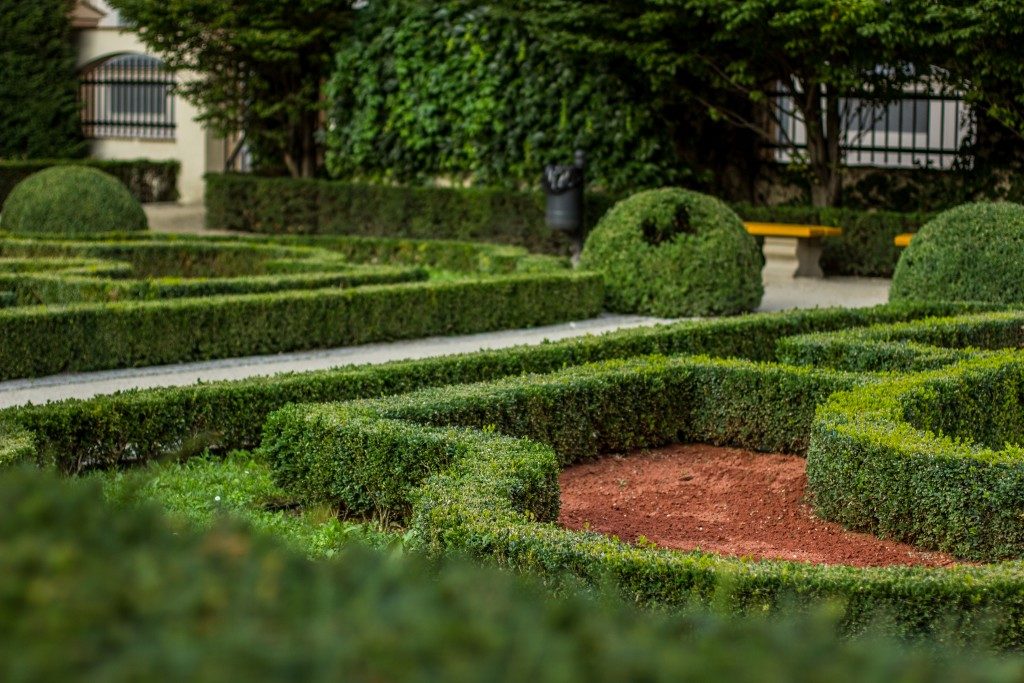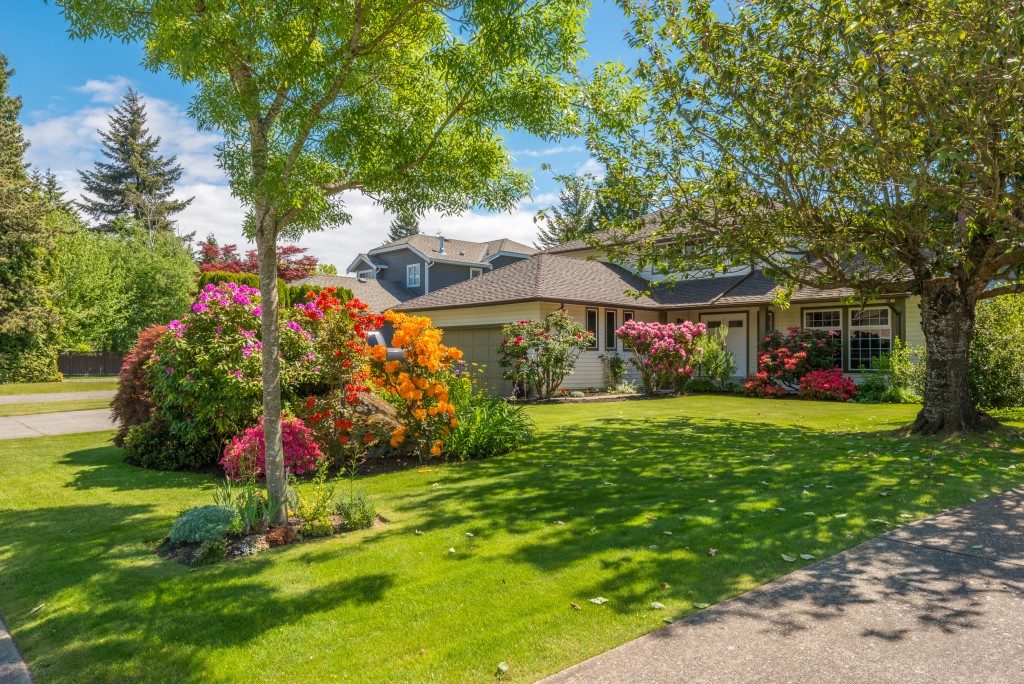Most landscaping ideas are used for creating outdoor spaces where you can host guests. Additionally, professional landscapers can add height to your outdoor area by introducing baskets and planters, and they maximize privacy by enhancing the height of and covering sight lines in your hedges.
From annuals, perennials, and deer-proof plants, to blooming shrubs, there are plenty of options out there to keep your home appealing and inviting. A landscape designer in Spokane Washington might recommend the following flower varieties, to suit various areas in your home, as well as your climate.
Sunny Spaces
Flowers in the full sun perennials category should get at least six to seven hours of exposure to the sun daily. However, most of these perennials will probably have to settle for much less, with some getting two hours a day. These are best suited for planting in your front yard, as they bring a lively bloom to the overall appearance of your home. Popular options include blue star flower, butterfly flower, tickseed flower, phlox, bearded iris, salvia, and coneflower.
Shady Spaces
Unfortunately, most homeowners think of having a foliage garden in their shadier spaces, as they do not know that flowers can grow there. The good news is that there is a wide variety of flowers that do well in shade and are also perennials. These include bleeding-heart, bee balm, forget-me-not, hydrangea, lambs ears, astilbe, Jacob’s ladder, and foxgloves, to mention but a few.
There are also shady space annual flowers you may consider. These include fuchsia, begonia, cleome, larkspur, and baby blue eyes, among others.
Salty Soils

Mostly found alongside estuaries, tidal rivers, and sea coasts, salty soil occurs due to a buildup of sodium in the soil. While there are plenty of trees and shrubs that do well in salty soils, very few flowers and garden plants tolerate high salt concentrations.
If you have a seafront home and it can’t be left bare, here are perennials that can withstand high salt concentration: day lily, blanket flower, lantana, seaside goldenrod, lavender cotton, and prickly pear cactus. If the salt content in your plant is not too high, the following flowers can also survive: agapanthus, yarrow, sea thrift, crinum lily, Mexican heather, hens and chicks, and hummingbird plant.
Deer Resistant Flowers
If you are setting up your flower garden to have weather resistant plants and flowers through fall, then you may have another thing coming: deer. According to research, deers are set to hunt through your entire land from the beginning of October through to February, a period when food is naturally scarce. However, due to their high intelligence, deers do not eat poisonous plants or ones that have strong scents. If your garden is prone to deer, here are flower options you may consider: lavender, peonies, bearded irises and bleeding hearts.
The best way to maintain a healthy and lasting flower garden is by first identifying whether your desired plants are suitable for the specific area. You can do this by checking your planting zone, then search for the particular plant using its scientific or common name. This way, you will get an easy to maintain flower garden.




